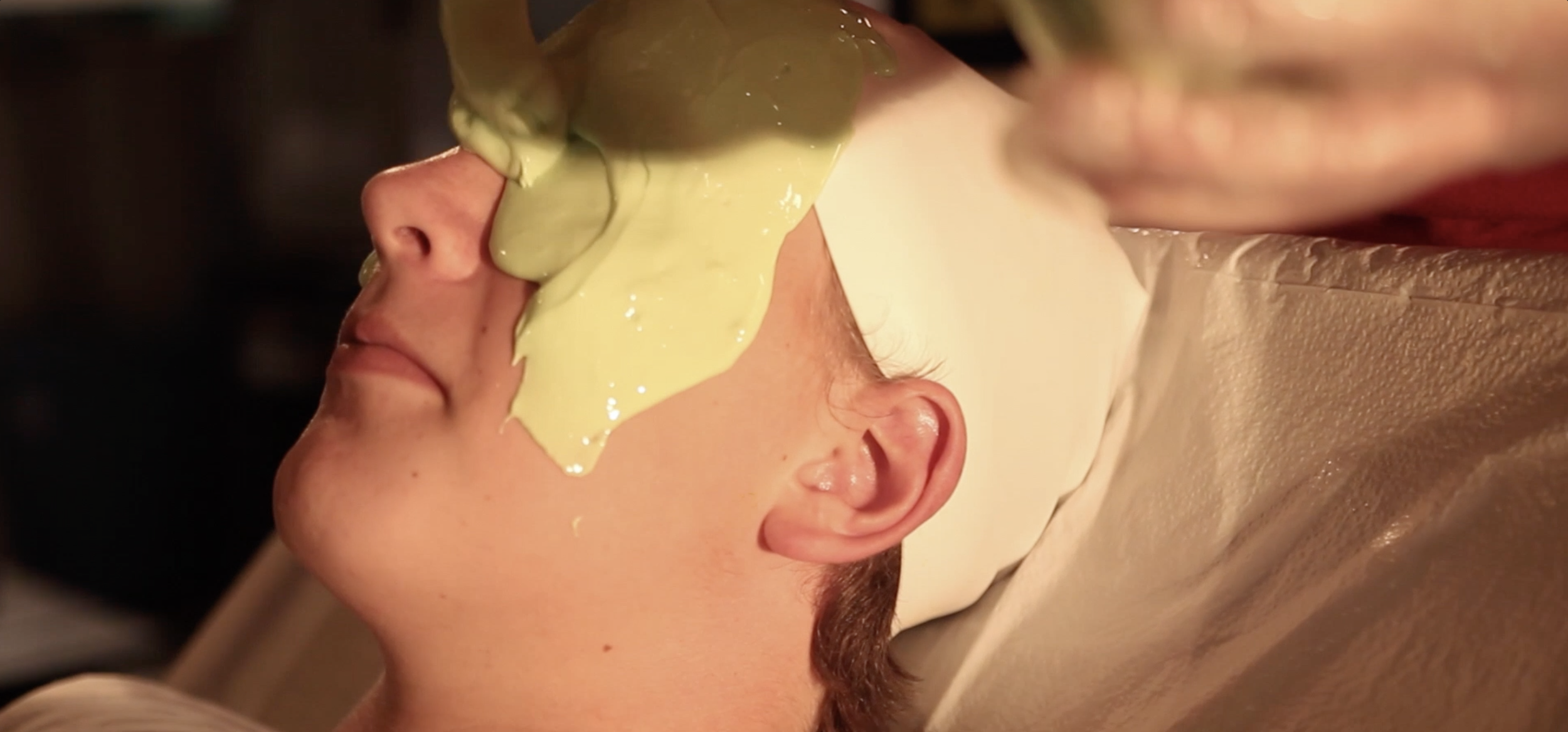
Body Casting Process
Body Casting
This is one of the biggest body castings I have made. Besides the size, what makes these castings a challenge, is trying to make the model as comfortable as possible. It’s an impossible task. It takes about the same amount of time, or more, to position the model, as it does to cast them. I need to visualize the final piece and understand how the position of their body will interact with the rest of the artwork. But, once we have this figured out, the real challenge begins, because we have to keep in mind that they will be in that position for nearly an hour. No position is comfortable for an hour, which is what makes it so difficult. On top of the challenge I put my models through, I also need them to bring emotion to their body. They don’t just chill out in an odd pose, they tense up their muscles and bring strength to their figure. For this piece ‘Hold on Tight’ a glass spine is being pulled out of a body, one of my favorite parts of this piece is the hands. They really look like they are trying to fight through the pain. My model, Maria, did an absolutely amazing job displaying this emotion.
I do not usually just leave these castings as is. I manipulate them to add surreal elements to my pieces. This is a huge risk, if I make an unfixable mistake, the casting is a throwaway. Manipulating the mold involves cutting it up and sculpting new parts to the piece. This process is a real brain twister. Absolutely everything needs to be thought through and sculpted in the negative. Only after I pour, and open the piece, is it revealed that I envisioned everything correctly when I was sculpting. The mold is not able to be used a second time, so if I get it wrong, I start from the beginning, or live with the mistakes.
Casting Hands
The first body castings I made were hands. My first hand castings were actually a test for the piece ‘Stitches’. The test I made was of two people holding hands, I used them to practice sewing into castings. However, I usually cast hands around objects. The hands I am casting in this video were for my solo exhibition ‘Stress’. You can see that the hands are holding a couple glass vertebrae with a metal rod going through them. These hands, of course, are an important part of the piece, but their secondary purpose is to hide the hardware that is holding it up. I often use hands and other castings as a way to hide hardware and make more of a seamless piece.
Just like with the larger body castings, the emotion that the model brings to the hand is very important to the pieces. I did not realize this when I first started casting, and the difference it makes in the artwork is really visible.
Casting Faces
Most of my body casting experience is with faces. I have casted nearly 50 unique faces over the last 8 years. This piece, ‘Familial Taxonomy’, was by far my biggest face casting project. This piece alone has 30 different face castings. Aside from the scale of this piece there were a couple other aspects that made casting these faces a completely unique experience. Firstly, this piece was a strict family only project. I only cast my family members, some I grew up with, some I was meeting for the first time. And second, I had to cast everyone's faces while traveling around the United States. That meant I wasn’t working out of a studio, each day I was casting in a different part of the country. This was a truly amazing experience but it took months of planning and testing. I had to establish the most important tools, how much material I needed, how I could be the most prepared and, of course, how I would be the most clean. I ended up splitting all of the materials into amounts I needed for each individual face, this way I didn’t have to measure anything out when I was traveling. I did most of the castings in the garages or basements of the family members' houses. But I also met some at rest stops, this is when I learned that the rubber I use reacts differently outside, than it does indoors, which was a whole other challenge and exercise in learning on the fly.